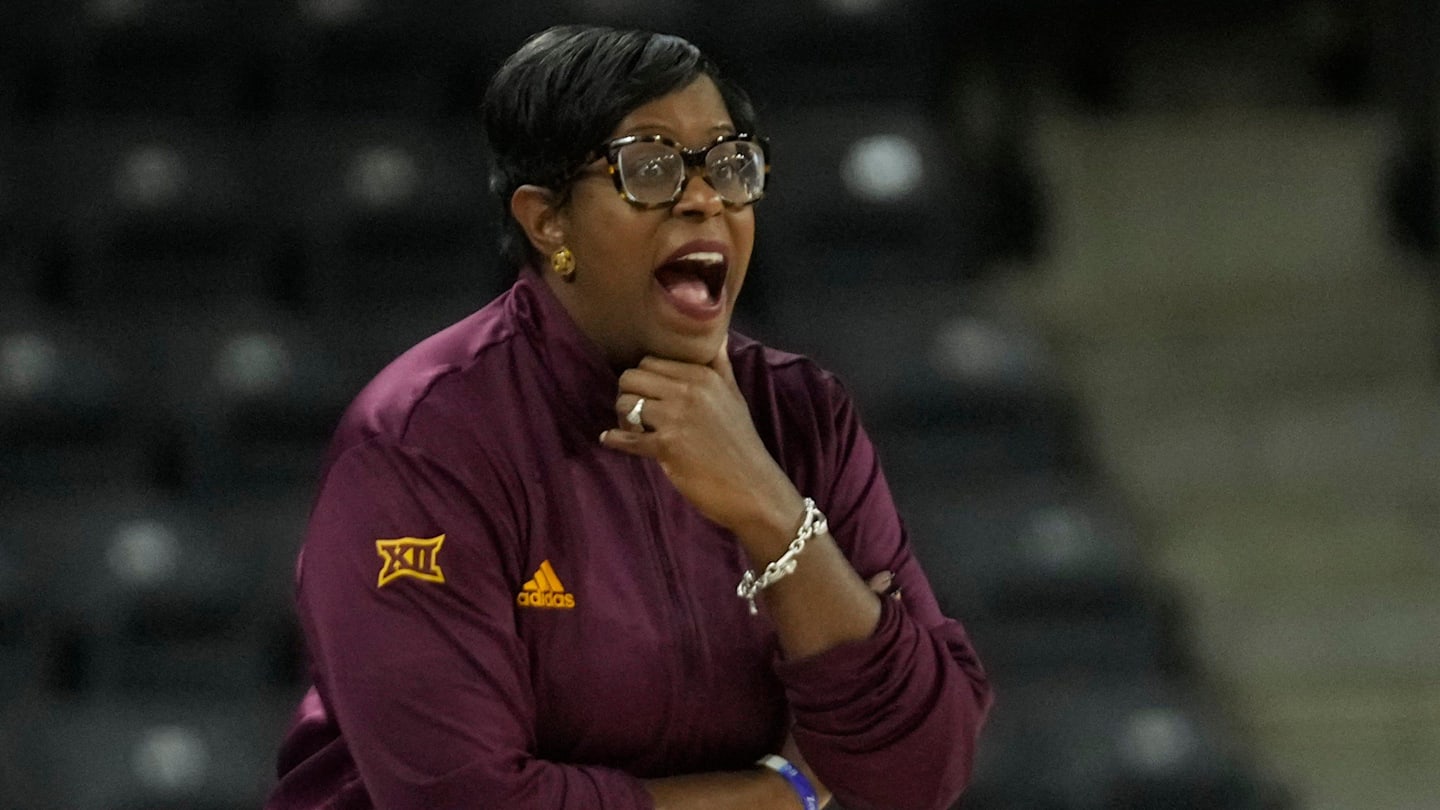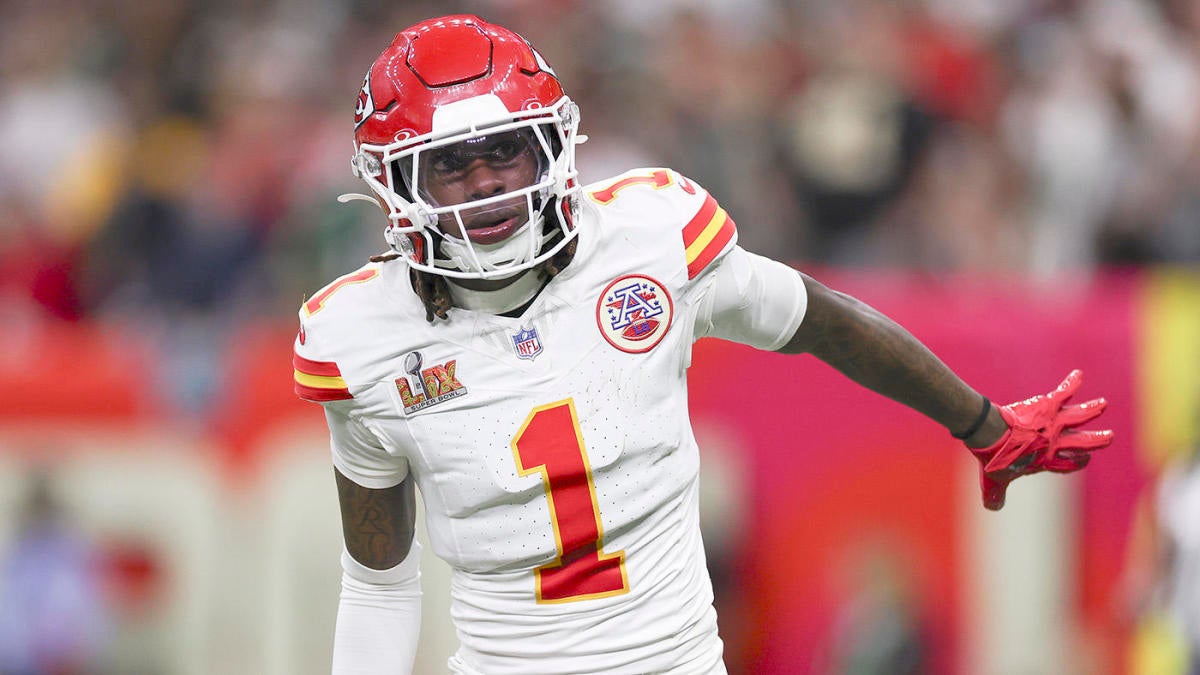The Sexist, Racist, And Greedy Takeover Of College Sports

(Photo by Alfred Gescheidt/Getty Images)
The proposed settlement in the House-Carter-Hubbard v. NCAA and Power Five Conferences (68 schools in the ACC, Big Ten, Big 12, Pac-12, and SEC) represents a perilous juncture in the landscape of collegiate athletics. This legal battle centers around whether athletes at these institutions, if not for NCAA rules, would have been compensated for their names, images, and likenesses (NILs) and the revenue they generated. The settlement provides, among other things, that the NCAA will make past damage payments to athletes at these schools valued at $2.8 billion and mandates more than $20 billion in future payments to athletes over the next ten years. It also raises significant concerns about the future of college athletics—how it will affect the financial equities among the NCAA’s 1,100 schools, Title IX compliance, and the integrity of higher education and the NCAA in service of ‘student’ athletes.
Figuratively, the antitrust settlement deal was made in a room with seven prime decision-makers: the defendant NCAA President and four of the defendant Power Five commissioners (hereafter referred to as the “P-4” because all but two of the Pac-12 members have fled to the other four conferences putting the continued existence of that entity in question) and two plaintiffs’ attorneys. The NCAA and conference leaders earn multi-million-dollar salaries running their respective billion-dollar college sport businesses with financial success primarily based on broadcast television media rights fees paid for hugely popular college football and basketball contests and championships and the largess of wealthy donors. The two law firms of the wealthy, powerful, and successful antitrust attorneys representing the economically exploited athlete defendants likely will receive a half-billion-dollar payday if the settlement is approved. All the decision-makers are male and White. Each member of the cabal (hereafter “Cabal”) pledged to maintain a high level of secrecy. Should college presidents, members of Congress, alumni, the media, or the general public doubt the motivation and self-interest of this group? Would they be surprised if the settlement terms resulted in laying the groundwork for a future Big Ten/SEC dominated college version of the NFL that would continue to line the revenue pockets of the top 30 or so P-4 elite athletics programs (30-35 being the magic pro sport business number that maximizes league and individual member revenues)?
Make no bones about it, the resulting settlement compact is an artful sexist and racist subterfuge that pits the have nots (women who still have not received the equitable benefits and treatment promised by Title IX) against the have nots (educationally and economically exploited Black and Brown football and basketball players who have not received the education they were promised or school financial assistance they deserve). The Cabal seeks to pull the wool over the eyes of Congress and the Settlement Court by proposing a pay-for-play scheme that provides football and basketball players with NFL-like and NBA-like salaries rather than the educations they were promised, adequate medical benefits, and increased financial support based on educational rather than commercial incentives. They also claim that Title IX doesn’t apply to the proposed settlement.
Inequitable Distribution of Funds
The payment of the $2.8 billion in past damages is divided in a way that highlights both the economic inequality within the college athletic system and the gender and racial disparities that persist. Of this sum, 90 percent will be distributed to male football and basketball players attending the 68 Power Five schools. A mere 5 percent has been designated for female basketball players at these schools; a token gesture to make the deal appear more palatable to the court, media, and the public. The remaining 5 percent will be distributed mostly to non-P-4 male athletes, with a few female athletes included in the mix. The sums received by the majority of athletes in this last group are miniscule (380,000 athletes estimated to receive an average of $50). To make matters worse, the settlement specifies that women athletes who accept these funds automatically waive their Title IX right to challenge the inequitable distribution of the $2.8 billion in court unless they notify the court they are opting out.
Who Pays the $2.8 Billion?
The Cabal’s NCAA president and conference members have muscled the NCAA Board of Governors to approve a questionable pay-for-plan settlement without a vote of the membership which is required to change its constitutional provision prohibiting pay for play. The NCAA mothership, owned by and serving all 1,100 Division I, II and III member institutions and 41 conferences, will pay approximately $1.15 billion from its reserves, catastrophic insurance, new revenues, and operating budget. The defendant P-4 conferences will pay $640 million and the remaining Division I conferences serving 280+ schools, all non-defendants in the lawsuits, will pay $1 billion through reductions in NCAA annual distributions of Final Four Men’s Basketball revenues. These March Madness revenue shares will be reduced by an average of 20 percent over the next ten years. For non-P-4 schools this will represent an estimated 8-16% loss of their average annual athletic program revenues; funds that must be replaced either by raising new sponsor, donor, and/or ticket revenues or institutions increasing athletics subsidies from tuition and activity fees paid by all students (funds that would normally support curricular and non-athletics extracurricular programs). To the extent each school’s revenue shortfall cannot be managed through new revenues, budgets will need to be reduced by cutting staff, sports, and/or numbers of athletes served, and/or further increasing the extent to which female athletes are being short-changed under Title IX.
An Additional $20+ Billion to P-4 Athletes Over the Next 10 Years
The financial fallout from this settlement does not stop with past damages. Going forward, the settlement permits payment of another $20+ billion for the next ten years to P-4 athletes. Each of the P-4 schools will have to ante up to $20.5 million per school annually because they will need to stay competitive in men’s basketball and football. Together the P-4 schools possess market power and, there is an antitrust question as to whether setting a cap of $20.5 million is permitted. But put that question aside for now. The Cabal wishes all to believe that over the next ten years each of the P-4 institutions can be trusted to give women athletes their fair share of the $20.5 million annual pay-for-play money specified in the settlement. FYI—fifty years after its athletics provisions were adopted, 93 percent of all athletic programs are still significantly out of compliance with Title IX, schools are already writing contracts with football and men’s basketball prospects promising big dollars upon approval of the settlement, and football powerhouse schools including Georgia have already announced plans to keep the past damages revenue-share formula of 75% football/15% men’s basketball/5% women’s basketball revenue share after scholarship costs to meet their ten-year future payments obligation.
All other Division I non-P-4 schools get to choose whether they want to play with the big boys. While not committing to the full $20.5 million maximum annual amount, a school might spend whatever it takes to remain competitive in March Madness or to win their non-P-4 conference football title. Why? Division I higher education institutions remain drunk on the Kool Aid of believing that success in athletics improves the public’s perception of academic prestige thereby spurring student enrollment and making alumni and fans more willingly open their pocketbooks. Thus, many schools who cannot afford to compete in the big boys’ stratosphere, will be willing to dive off the pay-for-play cliff.
The decision to move into the realm of pay for play comes with another future settlement condition applicable for those who opt in—the elimination of ‘walk-on’ athletes. Schools would be required to adhere to roster limits for each sport rather than scholarship limits. Lest the reader be confused, the artfully cloaked purpose of this change is all about P-4 football. The current football scholarship limit of 85 would be replaced with a 105-player roster limit. All 105 players could then receive full scholarships plus additional pay-for-play NIL or revenue-share cash with no limits other than the $20.5 million per year cap per institution. The roster limits applied to all other sports will most likely be used to decrease the number and operating costs of athletes competing in non-revenue sports, including massive scholarship reductions. This is the shell game designed to hide a huge shift in resources to benefit men’s football and basketball.
The Bait and Switch Language Inside “Pay to Play”
Revenue sharing from a single united fund resource pool is how all collegiate athletic departments have always funded all the sports in their programs. Proponents of the settlement seek to change this by confusing the courts and all stakeholders with a new pay-for-play word salad. Terms such as ‘NIL payments’, ‘NIL licensing payments’, ‘NIL rights fees’, ‘fair-market-value-NILs’, etc. have been invented to convince the courts, Congress, higher education, and the public that such cash and benefits are not covered by Title IX. The Cabal wants everyone to believe money distributed to P-4 football and basketball players (90% male) is fairly earned by male players, that schools have made the same investment in women’s sports to no revenue-generation avail, and no one should have any qualms about lowering resources to support men’s or women’ non-revenue sports or violating Title IX. Furthermore, the Cabal has directly represented to the Settlement Court that Title IX has no relation to the settlement and such concerns will be settled by the courts in the future.
Mia Hamm Testifies On Congressional Panel On Title IX (Photo by Mike Theiler/Getty Images)
Dear Cabal,
The newly offered descriptors of pay-for-play or Hummers for the offensive line are ‘benefits’ that mean something:
“No person in the United States shall, on the basis of sex, be excluded from participation in, be denied the benefits of, or be subjected to discrimination under any educational program or activity receiving Federal financial assistance.”
— Title IX of the Education Amendments of 1972
You are hoping that no one will remember that ‘benefits’ means all cash and non-cash treatment or in the 1970’s Congress soundly rejected multiple attempts to amend Title IX to exclude or treat participants in revenue sports differently.
Respectfully,
College Female Athletes
Be Careful What We Wish For
We have learned the real lesson from the last three years of unfettered pay for play provided by booster NIL collectives— the subversion of the educational benefits of college sport and elevation of transactional cash deals. The future reality if the settlement is approved is clear:
- Financial benefits to male football and basketball players only restrained by an annual limit of $20.5 million per institution, will overtly attempt to gut Title IX’s prohibition of sex discrimination. The success of men’s sport is based on decades of purposeful investment in promoting, publicizing, and using university resources to develop male-only sport entertainment products while short-changing female athletes in participation opportunities, $1 billion per year in scholarship dollars, and in other treatment and benefits. Female athletes will file lawsuits against their institutions and fight for the promise of Title IX via the courts.
- Athletes, fully aware that fewer than 2 percent of all Division I football and basketball players will ever play one day in the NFL or NBA and less-than-pro-quality college athletes will be able to earn pay well above that of pro minor leaguers during their 4-year collegiate eligibility window; their hands are already out.
- With no guardrails, there will be no limit to the amount of institutional money that will be on the table when the Texas Longhorns complete with Notre Dame to recruit the next Heisman Trophy prospect or for an experienced and proven defensive end from the transfer portal. Outside booster NIL collectives will serve the future function of violating the $20.5 million payout cap.
- Even if college athletes become employees allowed to collectively bargain, maximizing cash obtained within the golden opportunity eligibility window will far outweigh athletes’ valuation of the importance of education or health benefits, believing that such concerns can be pushed to later in life.
- Turning college athletics upside down would not only affect P-4 athletes. The cash incentive system will encourage other Division I and even Division II athletes to enter the transfer portal as many times as it takes to win the gamble that they will be worth more money to any school other than where they are.
Tying financial assistance to pay for play instead of educational costs and academic incentives will doom the concept of ‘student’ athlete. Certainly, there are alternatives to pay for play that would not be based on continuing the racism, sexism, hubris, and greed underlying the proposed settlement and the operation of programs at the top levels of Division I. Different non-self-interested people must be in the room. The decisions determining whether that will happen lay with:
- the Settlement Court—to approve or not approve Cabal’s plan;
- college presidents—two thirds of all NCAA members voting “no” to an NCAA constitution rule change that eliminates the current pay-for-play prohibition; and
- U.S. Congress—conditioning a limited, narrowly drawn NCAA/college sport antitrust exemption on schools providing adequate medical benefits and financial assistance tied to education expense and academic incentives and prohibiting college pro athlete employees.
Related
Sports Medicine Report: Sporting heads east to take on D.C.…
Sports Medicine Report is SportingKC.com’s look at the latest health update around the team ahead of upcoming matches and is pre
😔 João Palhinha’s Bayern Munich nightmare continues
João Palhinha's 2024/25 season has been marred by injury and the Portuguese midfielder had another setback against Bochum.Palhinha was sent off in the 43rd min
Which baseball player could excel at another sport? MLB player…
MLB.com and its beat writers surveyed over 100 players asking them which MLB player would excel at another sport and two Cincinnati Reds players ranked in the T
Raiders had no interest in Aaron Rodgers
When tracking down the details of the Raiders’ latest contract with Maxx Crosby on Thursday, I had a question for our sou











